1914: San Diego Junior College, which would later become known as San Diego City College, was founded with 35 students and four instructors. It was the first community college in San Diego and the fifth in California.
1921: San Diego Junior College was moved from the Old Grey Castle High School (later known as San Diego High School) to share facilities with the Normal State School, the four-year teachers college that would later become San Diego State University.
1939: San Diego Evening Junior College was created to meet the demand for night classes people could attend after work.
1945: Production of The Jay Sees, San Diego Junior College’s first student-run newspaper, began. (Pre-1945 yearbooks have referenced a campus newspaper called The Weekly, but its origins, scope and length of existence are unclear.)
1946: San Diego Junior College was moved back to San Diego High School’s campus and reorganized into three branches: the Business and Technical Center, the San Diego Evening Junior College, and the Applied Arts and Science Center. Enrollment increased from 250 students in 1946 to 1,675 in 1948.
1948: Vocational college classes were consolidated into the Business and Technical Center under Walter Thatcher, at the old Lincoln School building located at 12th and E streets.
1949: The student newspaper underwent a name change, becoming The Fortknightly.
1953: The first parcel of land was purchased for what is now known as San Diego City College. It was a single city block located between Russ Boulevard and A Street from 14th to 15th Street.
1954: The Business and Technical Center, the Evening Junior College, and the Applied Arts and Science Center were merged together to form San Diego Junior College and Vocational School under a single president, Walter Thatcher.
1956: Classes began in the A (administration) and the T (technical) buildings at what is now San Diego City College, but was at the time called San Diego Junior College and Vocational School. The roof of the T building had the first rooftop parking lot in San Diego and had space for up to 200 cars. Student enrollment increased to 7,284.
1961: The Board of Education voted to change the name from San Diego Junior College to San Diego City College on Feb. 21.
1968: The Board of Education voted to officially separate San Diego City College from the San Diego Unified School District and allow the formation of a community college district.
1970s: Increased enrollment led to the construction of the L (library), C (creative arts), S (cosmetology), M (math and science), E (evening college administration), D (dining center), and F (child development) buildings.
1972: San Diego voters authorized a separate community college district.
1974: Curran Plaza and the B Street overpass were constructed.
1978: The student newspaper underwent another name change, becoming known as The City Times (“The” was dropped from its name in 1995).
1988: Jeanne Atherton became the college president. She was the first woman to head a community college in the district.
1989: City College celebrated its 75th anniversary.
1992: The Fitness Center opened on campus.
1994: City Works, City College’s literary journal, was first published.
2000: Construction was completed on the Educational Technology Center.
2002: The Learning Resource Center, City College’s current library, was completed.
2004: Dr. Constance M. Carroll was appointed San Diego Community College District chancellor.
2005: The Harry West Gymnasium opened.
2006: Proposition N passed on Nov. 7, 2006, with 62 percent of the vote after a 55 percent minimum needed for passage, providing $870 million to the San Diego Community College District.
2008: Through the fall and spring semesters of the 2008-09 school season, 250 courses were cut from City’s budget. This came after City started to feel the pressure of a $6.4 million deficit, and also a six-person drop in the average total of students per class (from 34 per class in 2003-04, down to 28 per class in 2006-07).
2010: Thanks to funding from Propositions S and N, City opened the 88,000-square-foot, $63.1 million Career Technology Center facility (building V on the City campus map) for the fall 2010 semester, becoming the new state-of-the-art home for City’s nursing, cosmetology and photography programs.
2013: After 13 years of service and guidance, Terrence Burgess stepped down from being president of City College at the end of the spring 2013 semester, and officially retired after 42 years of working in the education field. Legend, a student-produced news magazine, was launched. It was named for the college’s former yearbook.
2014: Anthony Beebe was named as City College’s next president, replacing interim President Lynn Neault. Beebe formerly served as the college district’s president of Continuing Education.

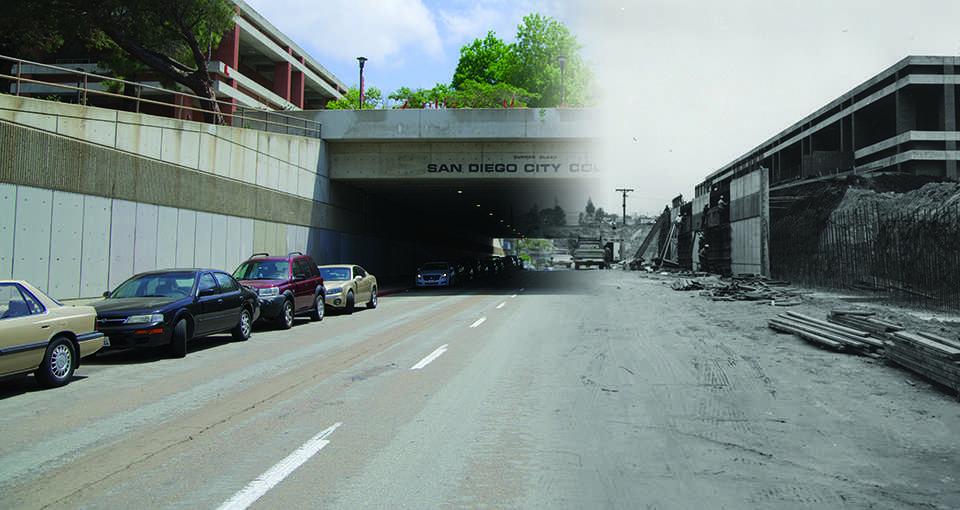
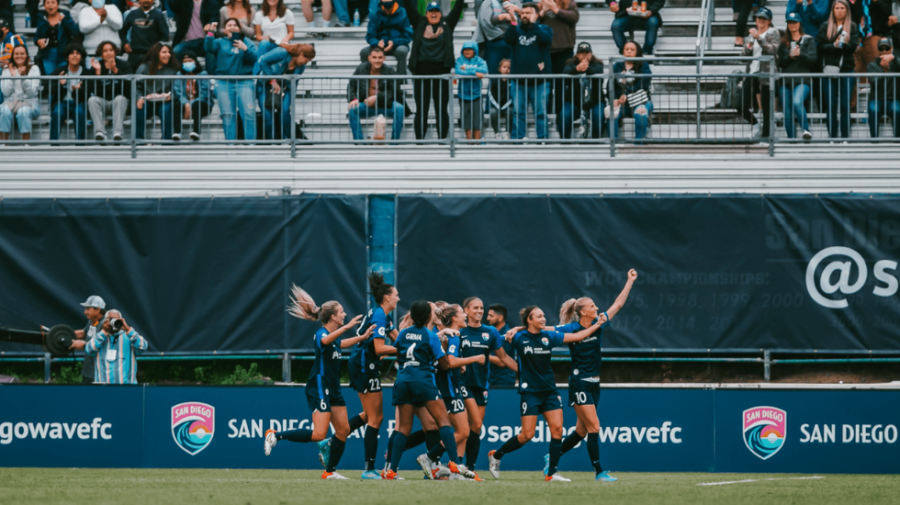
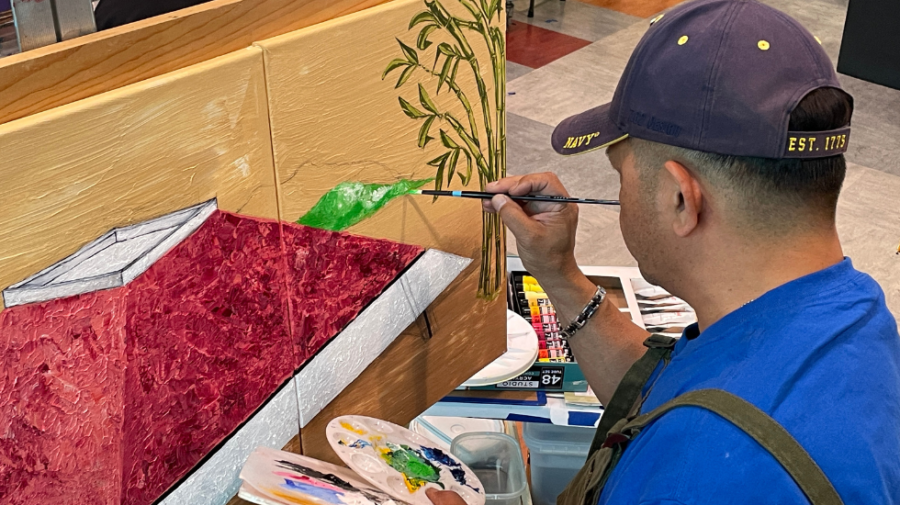
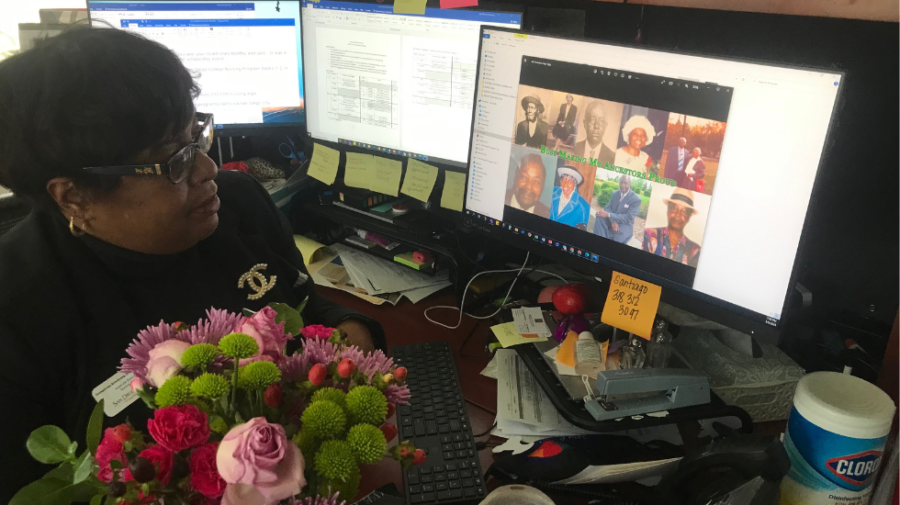
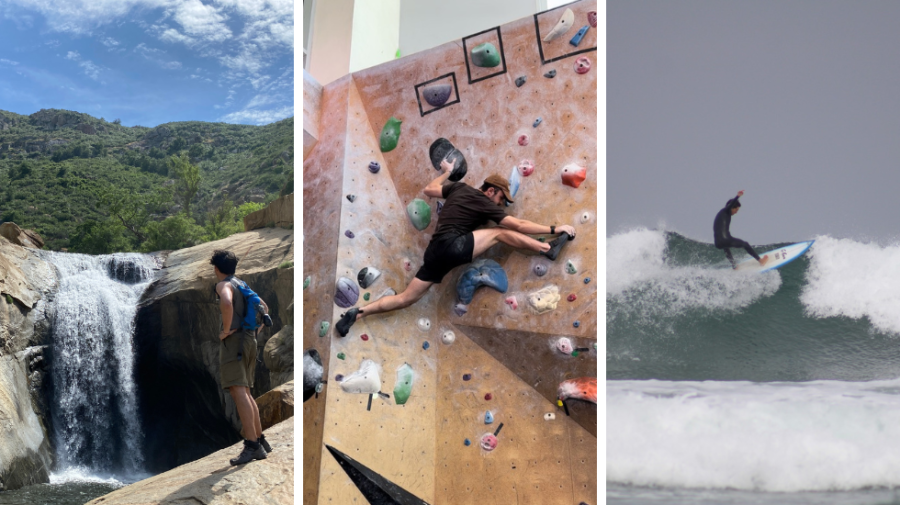

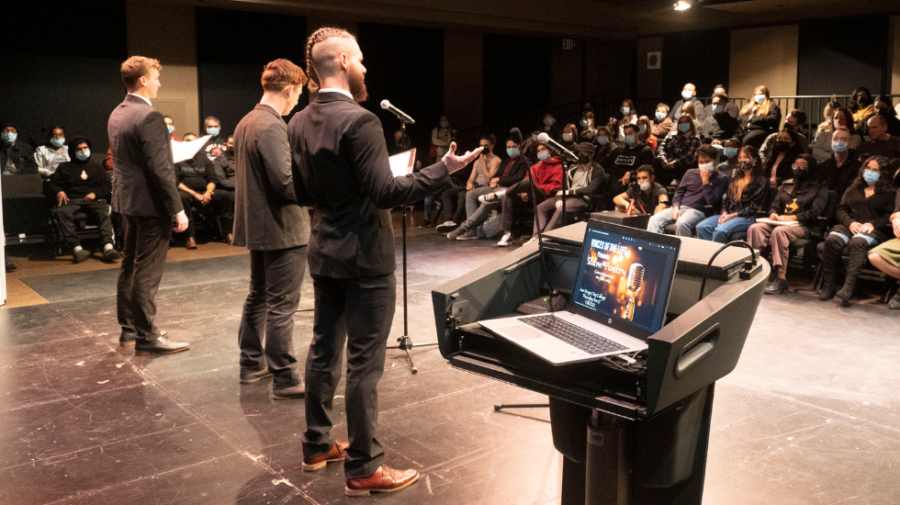


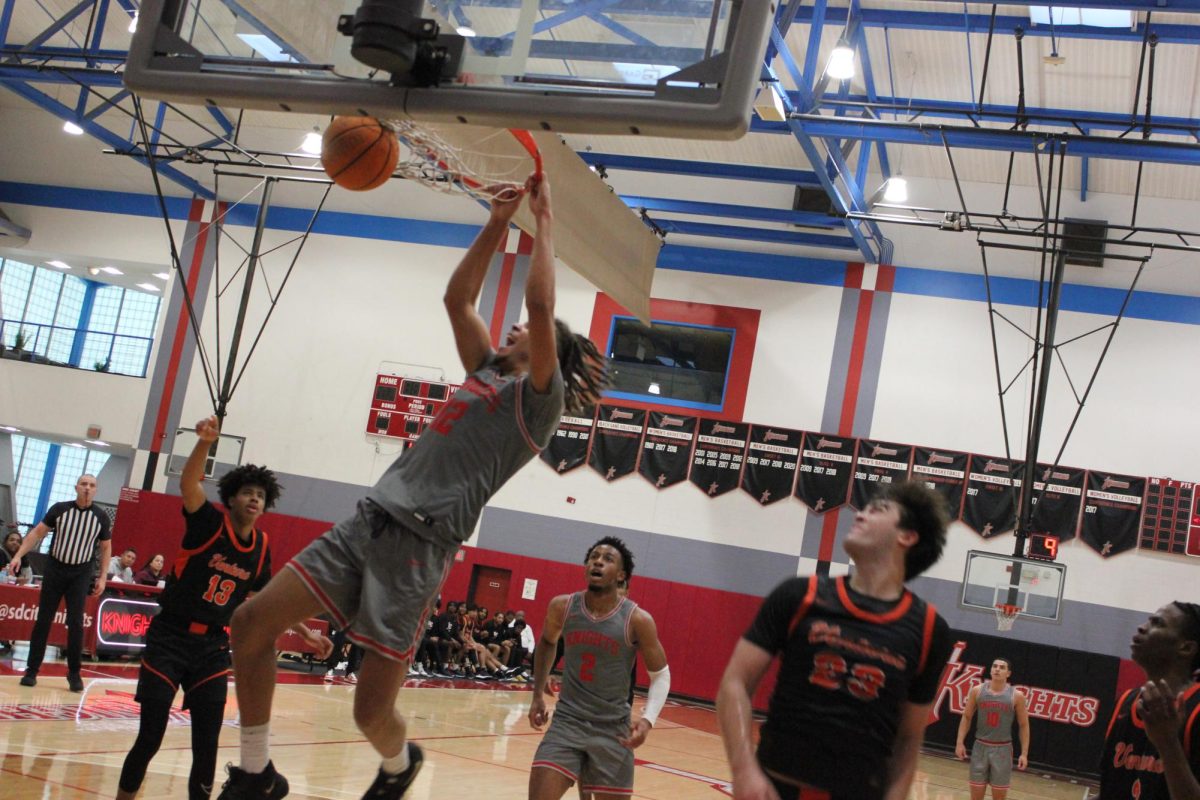
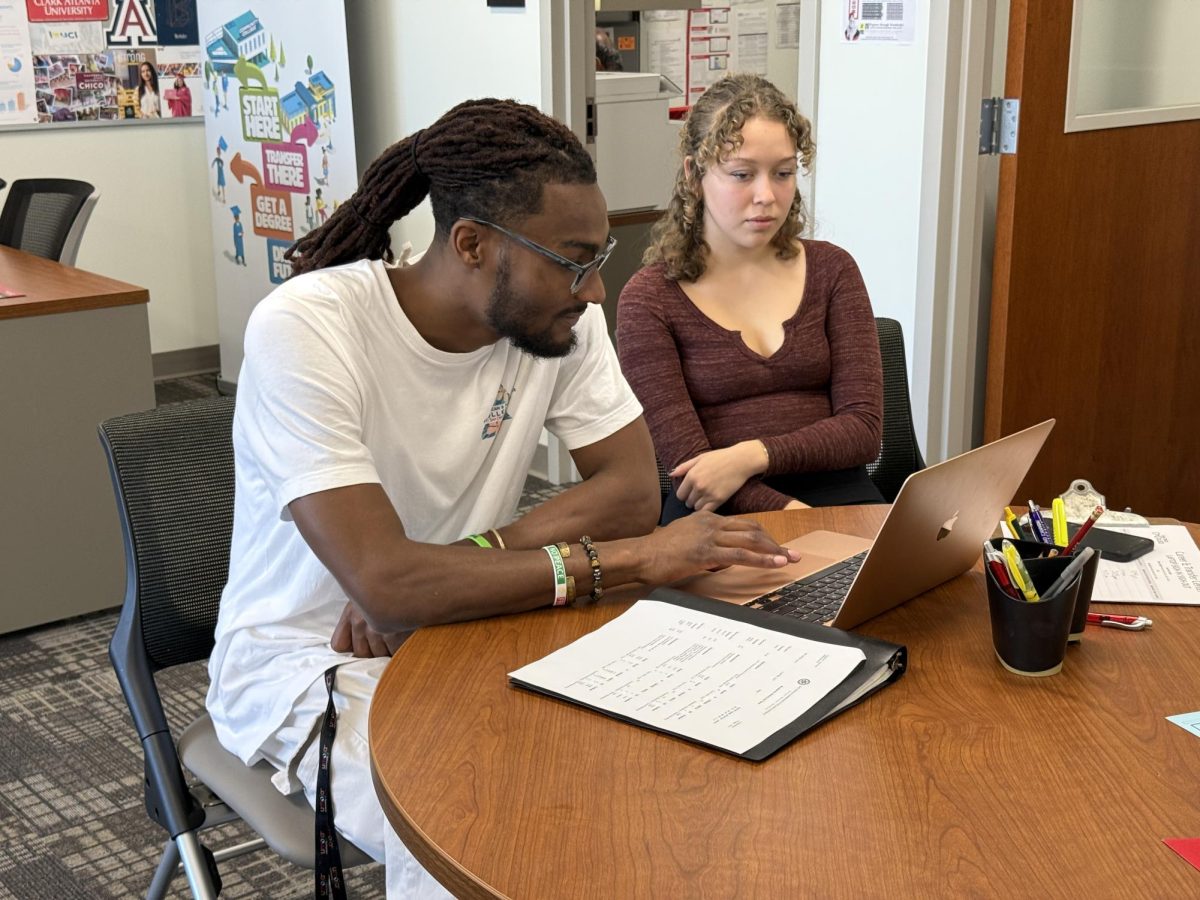
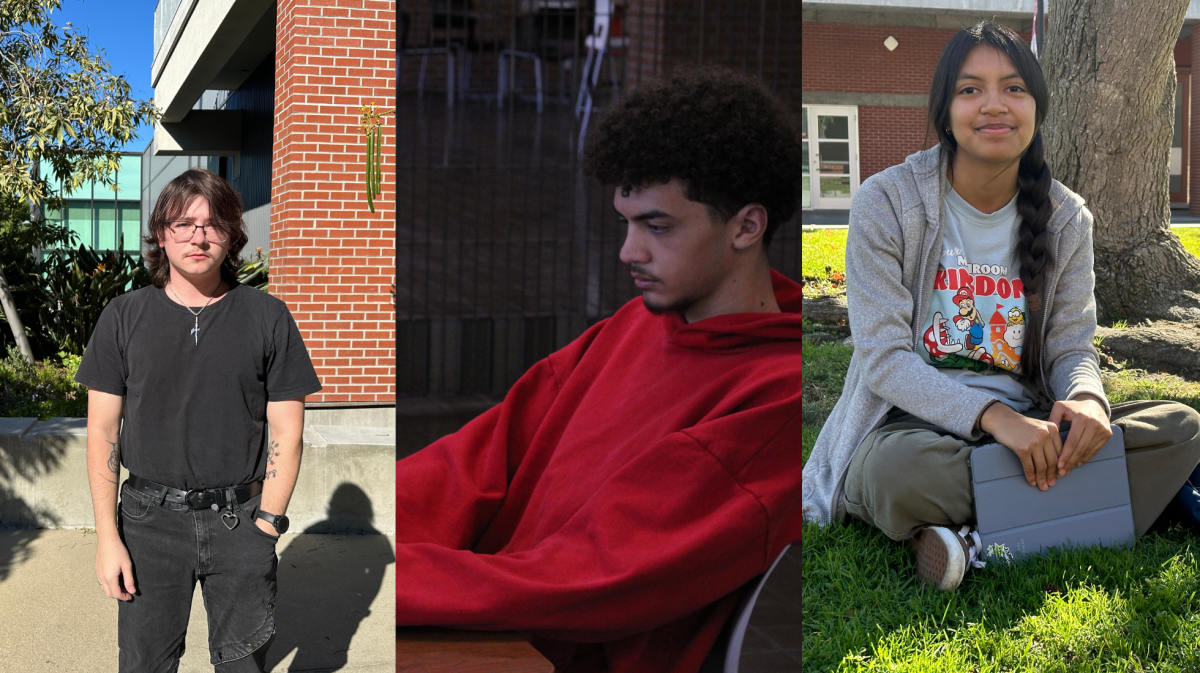


Dobie • May 15, 2014 at 9:25 pm
I think this is an excellent man well deserved of his office!
Sancho • May 15, 2014 at 9:01 pm
!Es muy bueno College Citidad!
!Veridad!
!Heeto!
wellnow • May 14, 2014 at 10:21 pm
This paper’s kind of partial about the news it finds fit to print, doesn’t it?
Rgret2cthis • May 14, 2014 at 9:34 pm
Prop N, Prop MM. Two fiascos, right? Maybe it’d be better if this lavatory towel just didn’t bring up bad San Diego memories. Not much other than bad in the past couple of decades, though, right?
Bersin for the kids and who for the adult JCers? Augie Gallego the aged ex-juvie? Ever see him on Heart of San Diego? Peter impossible-to-spell-his-last-name Zschiesche? Need a whole new English class to learn how to spell that one. But don’t give them any ideas, or they will.
“The Jay Cees.” Used to be a time when about all there was for higher level education was universities. It meant something to get a degree then, and you really had to excel to become a teacher. Those were the days, not these ones. If there were ever a testament to why there’s just too many junior/community colleges, this school is it.
I talked to a person once who said that all public education does is breed communism. I wouldn’t go that far, and I realized at the time that I was speaking to someone alien to me. But this campus is exactly what commie-hunter would cite as an example of inferiority.
No dice.